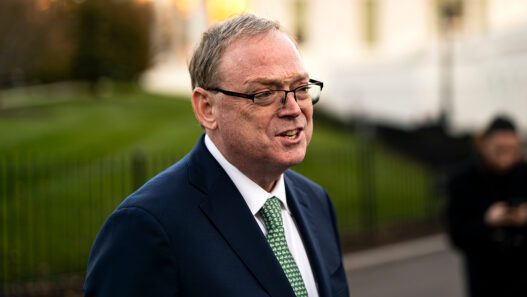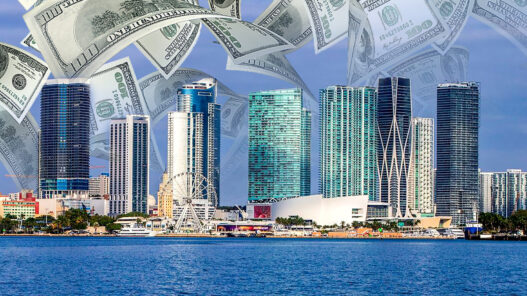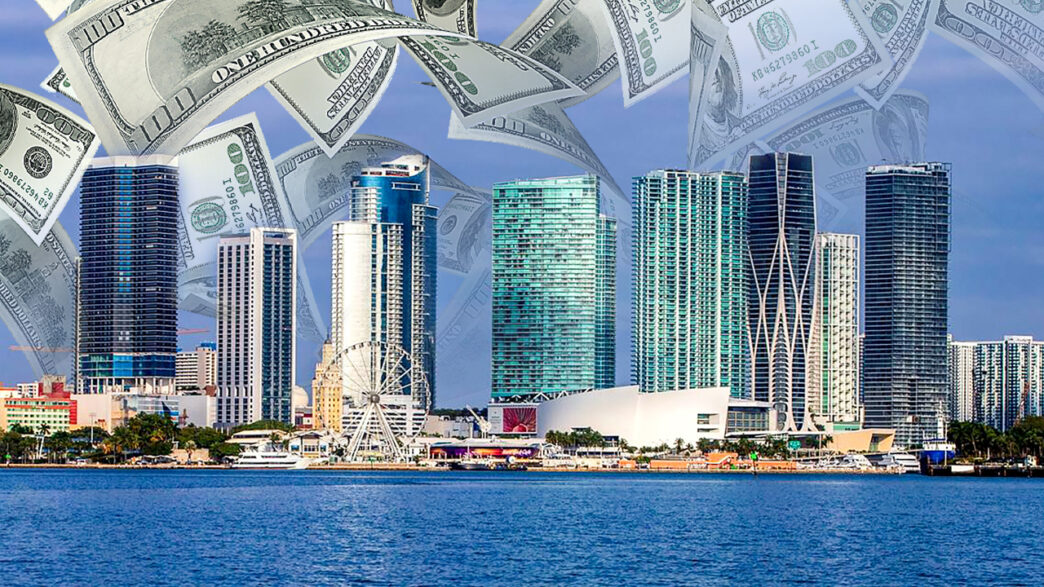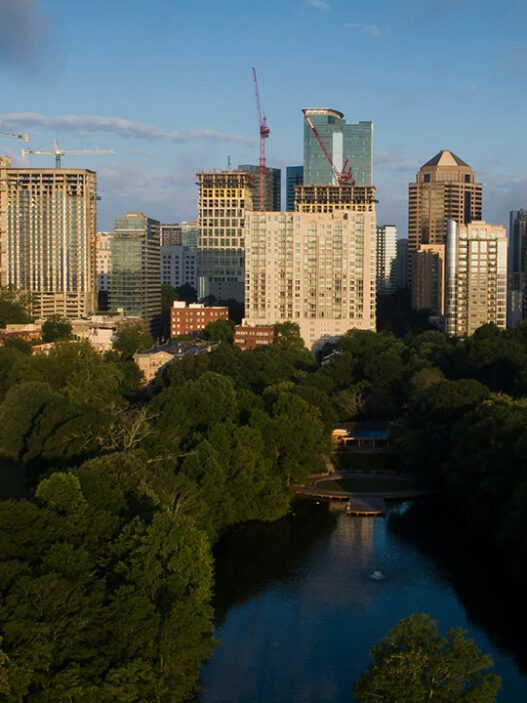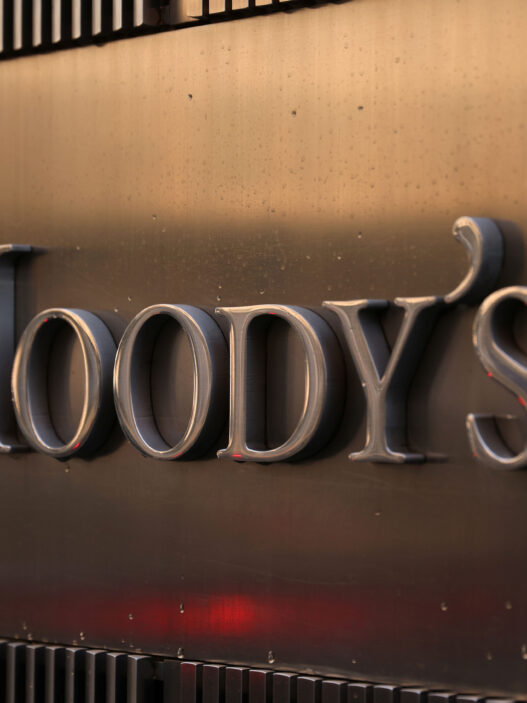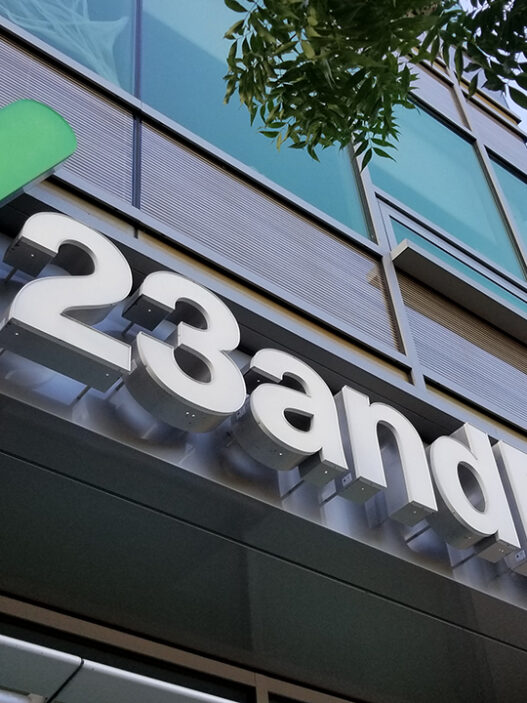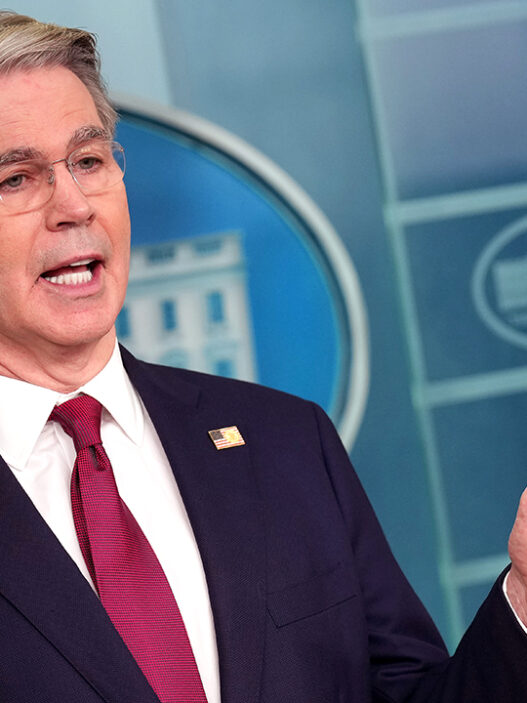South Florida has bloomed as America’s new capital for capital.
Some of the region’s leading developers and city leaders make the argument that the trend is permanent and practical as New York City lost billions of dollars in income to the region.
“We as a company, as a family, want to be known for not only building beautiful buildings and shaping skylines, but really creating neighborhoods and creating neighborhoods that can provide housing for everybody,” Related Group CEO Jon Paul Perez told Fox News Digital. “We want Miami to be a world-class city, but we don’t want Miami to be a world-class city just for the wealthy.”
“In a lot of ways across the world, there’s already recognition for the South Florida market as a whole pre-pandemic, but [it] certainly took a completely different turn,” Integra Investments founder and Home Builders of South Florida President Nelson Stabile also told Digital.
GOODBYE, N.Y.C., HELLO MIAMI: WHY MILLIONAIRES ARE FLOCKING TO SOUTH FLORIDA
“I think we benefited a lot from the state’s position and approach into being a little bit more pro-business, a little more open than other markets,” Stabile added, “and that sort of propelled us into a quicker recovery, which has kept us going through today.”
Both Perez and Nelson weren’t surprised by a recent report from New York’s Citizens Budget Commission, which found New York City witnessed an outflow of tens of thousands of high-earning residents from 2017 through 2022, who took close to $14 billion in income with them to Florida – with more than $9.2 billion going to Palm Beach, Broward and Miami-Dade counties.
“People realize that they love living down here. It’s a pro-business environment, low taxes, and they can move their companies here and not sort of feel like they’re missing out,” Perez said. “Miami’s become sort of like this New York of the South, where we have finance, we have tech, we have hospitality, we have big cruise industries. So we’ve become a much more diversified economy over the last five years.”
“A change for the greater has made, I think, the city a much more diverse, intellectual city,” the CEO continued. “And we feel strongly that that will continue because I think it’s sort of been discovered now. And when things get discovered, they just continue to expand it and do better.”
“I feel like it’s a natural decision to at least have a presence here in some ways,” Stabile pointed out, noting the “impressive” report numbers are backed by companies like Citadel, Starwood Capital, Apple, Kaseya and Related Ross establishing a “Class-A” presence.
“When you see a major player in the investment world making the decision to move all of their employees and establish their home base here in Miami, in South Florida… it’s exciting,” Stabile said. “The firm comes, then once they’re here, their investments in the area in other projects just continue to grow exponentially.”
The Citizen Budget Commission’s report listed the top reasons that those leaving New York City were driven by: the pandemic, immigration policy, affordability concerns, quality of life issues and work opportunities.
Perez, whose father burst onto the South Florida real estate scene in 1979 and has sold more than $50 billion worth of properties with Related Group, and Stabile – who has called the area home for 32 years and represents the local NAHB chapter – put an emphasis on general well-being as the primary rationale for moving south.
But, there is some worry that steadily rising demand and low supply could price residents out of the hottest markets, like New York City has experienced for decades.
WHY THIS RESORT AREA IN FLORIDA IS BECOMING MORE POPULAR FOR HOMEBUYERS
“Six years ago, if you were to have a conversation about rental rates, the whole market was somewhere between $45, $50, maybe $60 a foot. Today, in those same prime markets, Coral Gables is hovering around $100 a foot. And in Brickell, you’re seeing office leases being signed somewhere between $125 to $150 a foot. That’s almost triple the price points that we saw in the past,” Stabile explained.
“The only way to balance that scale is to provide more product in the market,” Stabile expanded. “Our market just wasn’t prepared and producing enough new households through new construction projects to be able to make sure that rents would keep at the same levels. So inevitably, there’s more competition for the inventory that exists, and then pricing can be pushed up, and it did. So that is a concern.”
“With these high-earners now, comparing the price of housing here in South Florida to where they’re coming from, I think we’re still underpriced,” Perez argued. “I think what you’re going to see over time is that there really shouldn’t be a discount for South Florida compared to New York, Los Angeles, London, because we are now a major city.”
“One of our key things that we focus on as a company is to provide more workforce housing and affordable housing for really the working class, the middle class, because what we don’t want to happen in the city is that we become a city just for the rich,” Perez said.
Indeed, developers and city planners are actively working together to tear down red tape and speed up residential and commercial building projects to meet permanent migration demand.
“If you bring in more density in vertical developments around public transportation nodes, if you will, you increase the probability of the residents of those areas in utilizing the available infrastructure for public transportation instead of congesting the roads further and further,” Stabile said.
There’s also Florida’s Live Local Act, which was designed to promote affordable housing by offering developers tax, regulatory, land use and funding incentives.
“It was taking a very long period of time from the moment a property owner or an investor would acquire property to when they could effectively start building,” according to Stabile. “The local level jurisdictions need to expedite the process in this sort of way and fashion, so that there is a very clear path for the developer to be able to build… It’s [now] gone through two rounds of amendments, and it’s getting better and better every single time in a way that the kinks are being worked out.”
“The biggest red tape for us, and any developer down here, to be able to meet the supply is getting through the approval and the permitting process,” Perez agreed. “And it’s a thing that we see with the local officials, the head of the building department, the city managers… It can take projects from the time you buy a piece of land till you get a permit, you can be two and a half, three years.”
GET FOX BUSINESS ON THE GO BY CLICKING HERE
“We’re very bullish,” Stabile concluded, “and strongly believe in the fact that Florida will continue to be very well-poised to benefit from all of this migration. I do think that from our end, what we can do is, especially being local and understanding the… pain points of the growth and potential… is continue to work together with our governmental bodies to make sure that we’re providing… the infrastructure that’s gonna be needed to absorb all of this positive migration.”
“New York is never not going to be New York. Miami will always be its own version of the Wall Street of the South,” Perez said. “They want to come down and see what’s going on. They all realize the change that’s happened here and how important of a city South Florida has become.”







